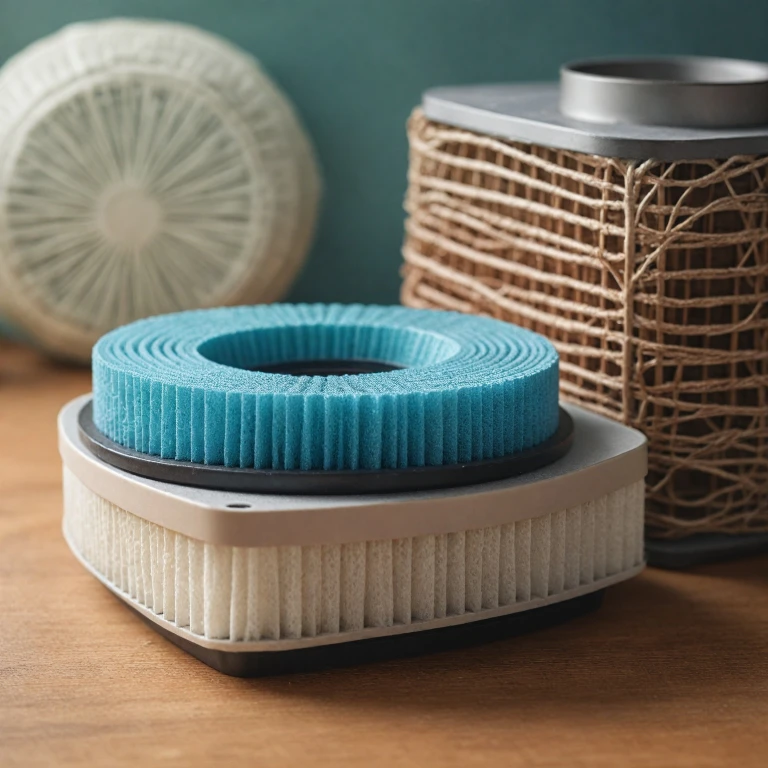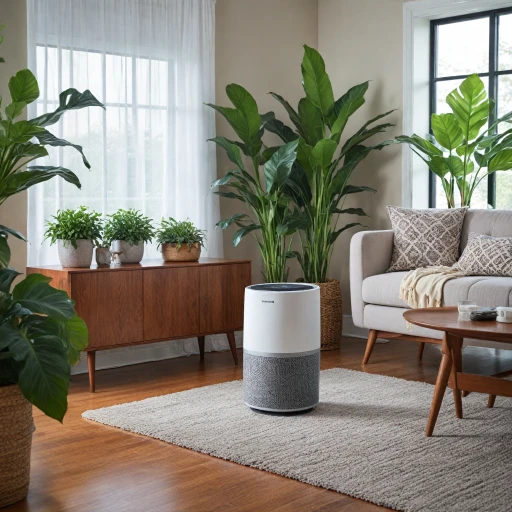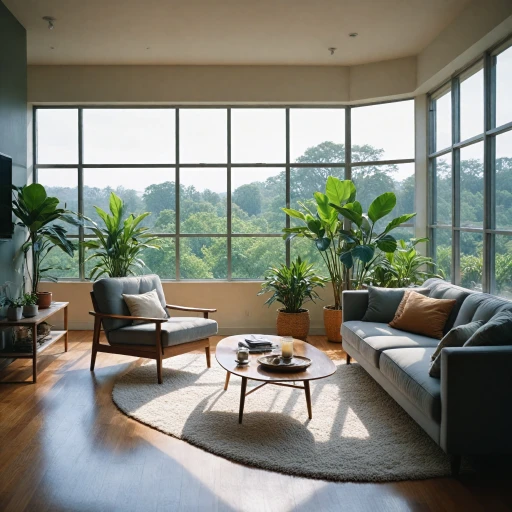Understanding Dust Mites and Their Impact on Health
The Unseen Occupiers: How Dust Mites Affect You
Dust mites, though invisible to the naked eye, are a ubiquitous presence found in almost every home. These minute arachnids flourish in warm, humid environments, making areas like bedding, upholstered furniture, and carpets their ideal habitat. As they feed on dead skin cells shed by humans and pets, dust mites become almost impossible to eradicate completely. While generally harmless in themselves, dust mites contribute significantly to indoor air pollution through their droppings and decomposing bodies. Over time, these particles become a part of household dust, which, when disturbed, becomes airborne. Many individuals experience allergic reactions when exposed to these airborne particles. Common symptoms include sneezing, runny or itchy nose, coughing, and in severe cases, asthma attacks.The Role of Dust Particles in Allergic Reactions
Dust particles carrying dust mite allergens become a significant concern, especially for those with asthma or allergies. The inhalation of these particles leads to an immune response in sensitive individuals. To mitigate exposure, enhancing your home's cleanliness with effective dusting cloths can significantly reduce dust accumulation, leading to improved overall air quality and a reduction in allergy symptoms. Dust mites are a prime motivator for considering a high-efficiency air solution. Air purifiers equipped with HEPA filters are particularly effective in trapping and removing these microscopic particles from the air, reducing allergen levels and offering relief from allergy symptoms. As you explore air purifier options, consider products that are specifically designed to combat dust mites and improve indoor air quality efficiently.How Air Filters Help in Reducing Dust Mites
Effective Air Filtration: Keeping Dust Mites at Bay
Air filters play a critical role in reducing dust mites by actively capturing the particle debris that these tiny pests thrive on. Using an effective air filter, such as a high-efficiency particulate air (HEPA) filter, can improve your home's air quality by trapping airborne particles that contribute to allergy symptoms. Several factors contribute to the effectiveness of purifiers in tackling dust mites:- High-Efficiency Filtration: When battling dust mites, an air purifier equipped with a true HEPA filter is your best bet. These filters excel at capturing and removing tiny dust particles and allergens, such as pollen and mold spores.
- Pre-Filters: A pre-filter can capture large airborne particles, which not only enhances performance but also extends the life of the core HEPA filter. Amazon offers a variety of purifiers with this essential feature.
- Tested Products: Investing in trusted and tested filter products ensures the highest level of protection against mites and other allergens in your home.
Types of Air Filters Suitable for Dust Mites
Exploring Effective Air Filter Options for Dust Mite Reduction
When it comes to tackling the pervasive issue of dust mites and improving air quality in your home, selecting the right air purifier and filter is crucial. Not all air filters are created equal, and understanding their differences can make a significant impact on your quest to reduce allergens.
HEPA filters are widely regarded as the top choice for reducing dust mites. These High Efficiency Particulate Air filters can capture tiny airborne particles, including dust mite allergens, pollen dust, mold spores, and other minute contaminants. True HEPA filters have been tested to remove at least 99.97% of particles as small as 0.3 microns, making them one of the best air filtration solutions available.
For those looking for versatility, air purifiers equipped with a combination of pre filters and HEPA filters offer a dual-layer defense, capturing larger particles before they reach the HEPA filter. This can prolong the life of the HEPA filter and ensure more efficient removal of dust mites.
Consider the following options when choosing the right air filter for your needs:
- HEPA Filters: Ideal for removing most airborne particles, including dust mites, and improving overall air quality.
- Activated Carbon Filters: While primarily targeting odors and gases, these can complement HEPA filters in multi-stage air purifiers.
- Specialized Allergy Filters: Designed specifically to combat allergens, these air filters may focus on particles like pollen dust and dust mite allergens.
- Grade HEPA Filters: Often labeled as H13 or H14, these are high performance options found in certain purifier models like the Blue Pure series.
While purchasing an air purifier, the room size and specific filtration needs should be considered. Not all products, even from reputable platforms like Amazon, are created equal. Choosing a tested and highly rated option ensures that you are investing in a quality air purifier that effectively removes dust mite allergens from your living space.
Factors to Consider When Choosing an Air Filter
Key Considerations for Your Next Air Filter Purchase
When selecting the ideal air filter to combat dust mites, careful consideration of several factors can ensure that you make the best choice for both safety and comfort. Here are some essential aspects to keep in mind:- Filter Efficiency: Look for filters with high efficiency, such as HEPA or true HEPA filters. These filters are proven to capture small particles like dust mites and other airborne particles including pollen, dust, and mold spores. They are regarded as the best air purifier filters for removing allergens.
- Room Size: Choose an air purifier that matches the size of the room where it will be used. Factors such as airflow rate and capacity influence the coverage area, affecting how well the purifier can remove dust mites and allergens.
- Filter Replacement: Consider ease of maintenance by checking how often and how easily the filter needs to be replaced. Frequent replacements could imply high maintenance costs, so it might be worth researching purifier filters that require less frequent changes.
- Product Reviews and Testing: Reading customer reviews from sources like Amazon and trusted product testing outlets can provide valuable insights into the reliability and performance of an air purifier. Look for products that have been tested for filtration effectiveness against dust mites.
- Additional Features: Some air purifiers include features like a pre-filter or activated carbon filter, which can enhance the overall air quality by tackling odors and other airborne contaminants.
Maintaining Your Air Filter for Long-term Efficiency
Keep Your Air Filter in Optimal Condition
Maintaining your air filter is crucial to keep your home free from dust mites and other airborne particles. A well-maintained air filter ensures it operates at peak efficiency, capturing as many allergens as possible.Regular Checks and Replacement
To maintain an effective filtration system, it's essential to inspect your air purifiers regularly. Here’s what you can do:- Check the manufacturer's guidelines: Each air filter comes with specific maintenance instructions. Check them for guidance on how often the filter should be replaced or cleaned.
- Monitor air quality indicators: Some advanced air purifiers are equipped with indicators that signal when it’s time for a change. Pay attention to these alerts, especially if you suffer from dust mite allergies.
- Replace filters as recommended: Generally, HEPA filters should be replaced every 6 to 12 months, while pre-filters for larger particles might need more frequent changes.
Cleaning Techniques
Dust accumulation can lower the efficiency of your air filter. Here are ways to keep your filters clean:- Vacuum the exterior: Occasionally clean the outside of the air purifier to remove settled dust.
- Wash pre-filters: If your device has a washable pre-filter, rinse it regularly to maintain airflow and efficiency.
Invest in Quality Filters
Opt for high-efficiency, grade HEPA filters that are specifically tested to capture allergens such as pollen dust and dust mites. Keep in mind the following:- True HEPA is best: Ensure you invest in true HEPA filters for the best air quality.
- Look for allergen-specific products: Some products, available through platforms like Amazon, are marketed to specifically tackle allergens and mites, providing a tailored approach.
Additional Tips for Reducing Dust Mites at Home
Practical Ways to Mitigate Dust Mite Proliferation
Reducing dust mites in your home can significantly improve air quality and lessen allergy symptoms. While an efficient air purifier with HEPA filters plays a crucial role, incorporating additional strategies is essential for comprehensive dust mite management.- Regular Vacuuming: Use a high-efficiency vacuum cleaner equipped with a HEPA filter to capture dust mites and other allergens from carpets, rugs, and upholstery. Vacuum at least once a week to keep these particles at bay.
- Frequent Washing: Dust mites thrive in bedding, which makes it crucial to wash sheets, pillowcases, and blankets in hot water weekly. This process helps eliminate mites and their debris.
- Humidity Control: Maintain indoor humidity levels below 50% as high humidity creates an ideal environment for dust mites. Consider using a dehumidifier if your home tends to be humid.
- Avoid Clutter: Reducing clutter minimizes the number of surfaces where dust mites can settle. Keep knick-knacks and other dust-collecting items to a minimum.
- Choose Breathable Bedding Materials: Opt for hypoallergenic mattress and pillow protectors, which are designed to keep mites out and can reduce allergy symptoms considerably.




